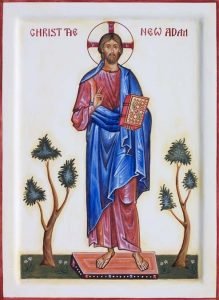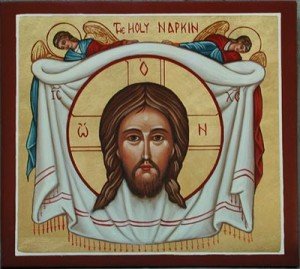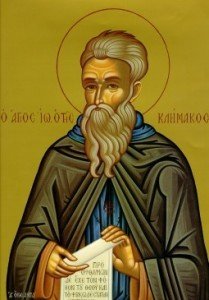 As we complete the 23rd week after Pentecost, our readings are taken from St. Paul’s Letter to the Ephesians and from Luke’s Gospel. The Gospel story is about Lazarus and the Rich Man.
As we complete the 23rd week after Pentecost, our readings are taken from St. Paul’s Letter to the Ephesians and from Luke’s Gospel. The Gospel story is about Lazarus and the Rich Man.
I found this statement by St. Paul to be truly noteworthy: “We are truly his (God’s) handiwork, created in Christ Jesus to lead the life of good deeds which God prepared for us in advance.” I wonder what it means to you, my readers, that we are truly God’s handiwork. We believe that He made us in His image and gave us the potential to cooperate with His grace and grow in His likeness.
I feel that this vision of who I am as one of God’s creation truly makes a difference in my life. It is my hope that as you heard these words, you too will be moved to a much greater appreciation of who you are. We are not just some accident in creation. Rather, we are a thoughtful creation that God voluntarily brought into existence out of true love.
Our second reading, the story of Lazarus and the Rich Man, is found only in Luke. Jesus was addressing “the Pharisees who were fond of money” and who thought to find justification in their own punctilious observance of the Law. The rich man is similar in many respects to the “Dishonest Manager”. Both seem successful for a time, both are unaware of evil in mishandling “mammon.” Similar stories existed in Egypt and among the rabbis; Jesus could easily have adapted this tradition to his own purpose.
As I thought about these two readings, it became very evident to me that when I get distracted by “money” and “all the things of this world,” I forget who God created me to be. If I truly believe that I am His handiwork, then I will voluntarily do everything in my power to make sure that I live in a way that reflects His idea of how I should live.
How can I know the right way to live? I can look how Jesus lived. He is the model for us. God didn’t just create us and leave it up to us to find the right way to live. Rather, He came Himself in the Person of Jesus to show us how to live – to show us how to gain the fullness of life. Remember what St. Peter said and what Athanasius the Great later wrote: “God became man so that men might become gods.” Is this something you truly believe?




